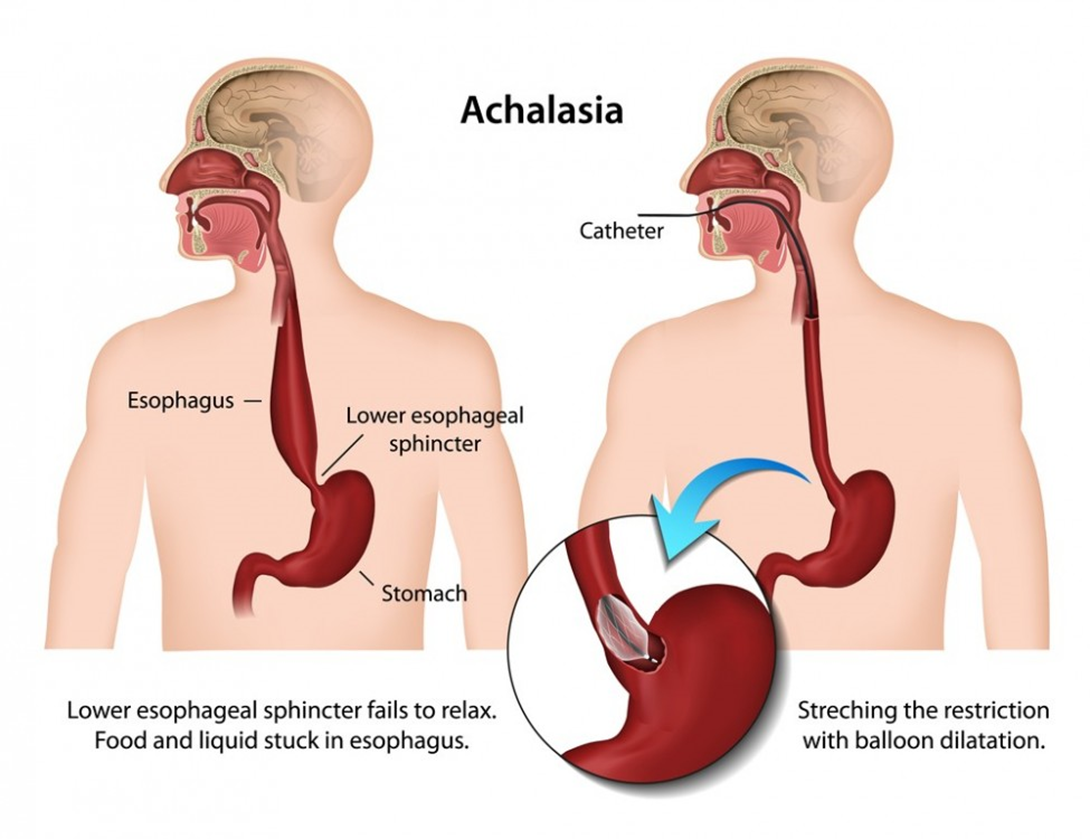A nurse is evaluating an older adult client who expresses concern about the aging process. Which of the following statements made by the client indicates a need for follow-up?
"I do my best to protect my skin from bumps and cuts. It's more fragile now."
"I guess feeling down is just part of aging."
"My hair is thinning. I'm going to go to the wig shop soon."
"I missed my eye appointment, but I rescheduled it."
The Correct Answer is B
Choice A reason: The client's effort to protect their skin due to increased fragility is a normal part of the aging process. As the skin ages, it becomes thinner and less elastic, making it more susceptible to injuries. The client's proactive approach to skin care is appropriate and does not indicate a need for follow-up.
Choice B reason: The statement "I guess feeling down is just part of aging" suggests a possible misconception about mental health and aging. While it's true that older adults may face various challenges that can affect their mood, persistent feelings of sadness or depression are not a normal part of aging and should be addressed. Mental health is as important as physical health, and feeling down can be a sign of depression, which is treatable at any age.
Choice C reason: Concerns about changes in appearance, such as hair thinning, are common as people age. The client's plan to visit a wig shop indicates they are taking steps to manage these changes and maintain their self-esteem. This does not necessarily indicate a need for follow-up unless the hair loss is sudden or accompanied by other symptoms that could suggest an underlying health issue.
Choice D reason: Missing an appointment but taking the initiative to reschedule shows that the client is actively managing their health care. Regular eye exams are important for older adults as they can help detect vision changes and conditions like glaucoma or cataracts early on. This behavior is responsible and does not indicate a need for follow-up.
Nursing Test Bank
Naxlex Comprehensive Predictor Exams
Related Questions
Correct Answer is A
Explanation
Choice A reason: Asking if the client feels like they have food stuck at the base of their throat is a pertinent question for assessing swallowing in a client with oral achalasia. Achalasia is characterized by difficulty in swallowing due to the inability of the lower esophageal sphincter to relax, leading to a sensation of food being stuck.
Choice B reason: While burning sensations in the throat can be associated with gastroesophageal reflux disease (GERD), they are not specific to achalasia. However, some clients with achalasia may experience similar symptoms due to food stasis and fermentation in the esophagus.
Choice C reason: Feelings of fullness in the neck are not a typical symptom of achalasia. Achalasia primarily affects the esophagus and does not usually cause a sensation of fullness in the neck.
Choice D reason: Pain while swallowing, or odynophagia, can occur in achalasia but is more commonly associated with conditions that cause inflammation or irritation of the esophagus, such as infections or ingestion of irritants.

Correct Answer is C
Explanation
Choice A reason : A blood pressure of 138/76 mm Hg is within the higher range of normal and is not typically considered an adverse effect of metoprolol, which is used to lower blood pressure.
Choice B reason : A temperature of 36.3°C (97.3°F) is within the normal range and is not an adverse effect of metoprolol.
Choice C reason : A heart rate of 48/min is considered bradycardia and can be an adverse effect of metoprolol, which is a beta-blocker that can slow down the heart rate.
Choice D reason : A respiratory rate of 10/min is on the lower end of the normal range but is not a typical adverse effect of metoprolol. However, if the patient shows signs of respiratory distress, it should be addressed.
Whether you are a student looking to ace your exams or a practicing nurse seeking to enhance your expertise , our nursing education contents will empower you with the confidence and competence to make a difference in the lives of patients and become a respected leader in the healthcare field.
Visit Naxlex, invest in your future and unlock endless possibilities with our unparalleled nursing education contents today
Report Wrong Answer on the Current Question
Do you disagree with the answer? If yes, what is your expected answer? Explain.
Kindly be descriptive with the issue you are facing.
